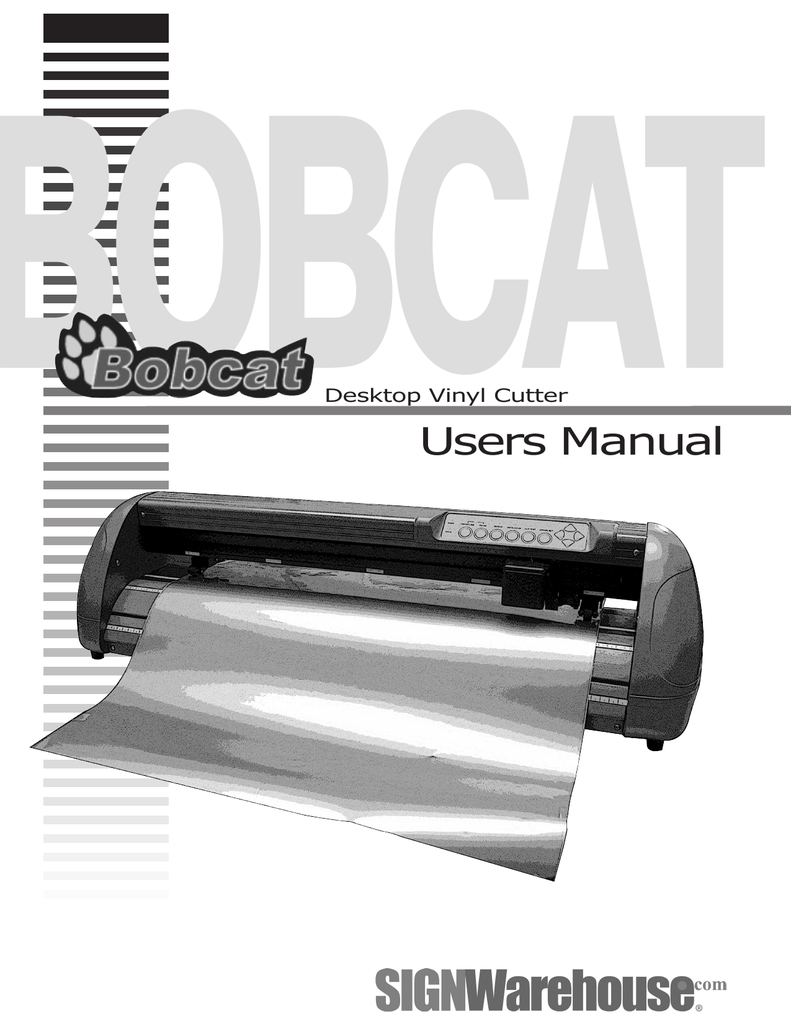
The design was originally offered to Fiat by Pininfarina in about 1990, only for Fiat to reject the design and design its own coupe. On later models, a 2.2 L petrol engine was available. The two door coupé, launched at the 1996 Paris Motor Show, was both designed and manufactured by Italian design studio Pininfarina, with choices of a 2.0 L four cylinder engine or a 3.0 L V6, and from 2001, a 2.2 L HDi diesel engine. The diesel versions were very popular, and the 406 became one of Europe's best selling diesel powered cars. Initially, the car was available with 1.8 L and 2.0 L petrol and 1.9 L turbodiesel engines, followed by a turbocharged 2.0 petrol, 2.9 (2946 cc, badged as a 3.0) V6 petrol, and 110 bhp 2.1 L turbodiesel. United Kingdom sales of the 406 began in February 1996.

The styling of the 406 is heavily influenced by its predecessor, the 405, which began to be phased out from the 406's launch in September 1995, and eventually finished production in Europe in 1997, when the last estate models were discontinued. It used the same platform as the Citroën Xantia, though without that car's sophisticated hydropneumatic suspension system.

Available in saloon, estate and coupé bodystyles with a choice of petrol or turbodiesel engines, the 406 replaced the Peugeot 405 in Peugeot's lineup, and was itself replaced by the Peugeot 407.

The Peugeot 406 is a large family car that was produced by French automaker Peugeot between 19. Davide Arcangeli and Lorenzo Ramaciotti at Pininfarina (coupé) Ģ.0 L HPI I4 ( Petrol)


 0 kommentar(er)
0 kommentar(er)
